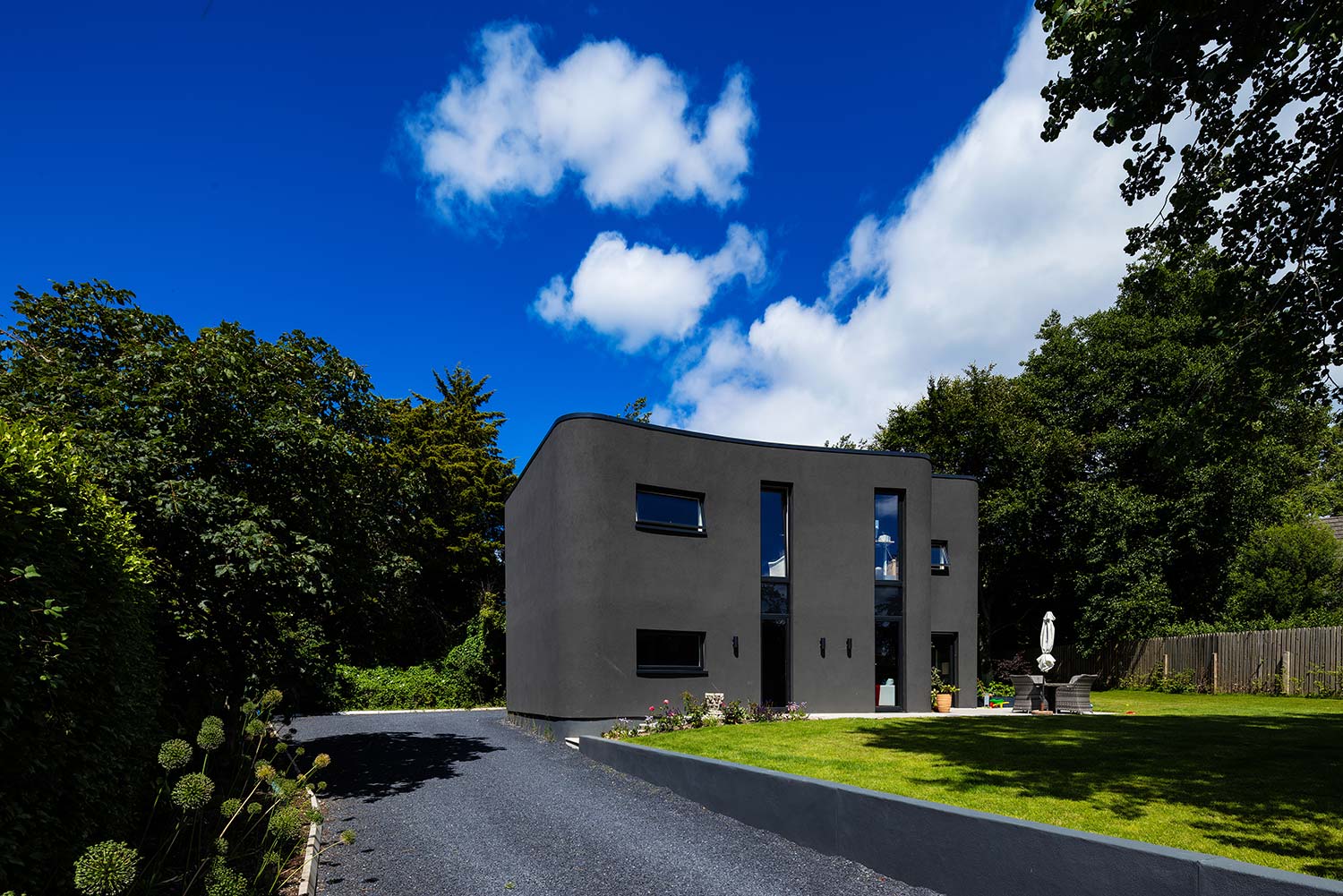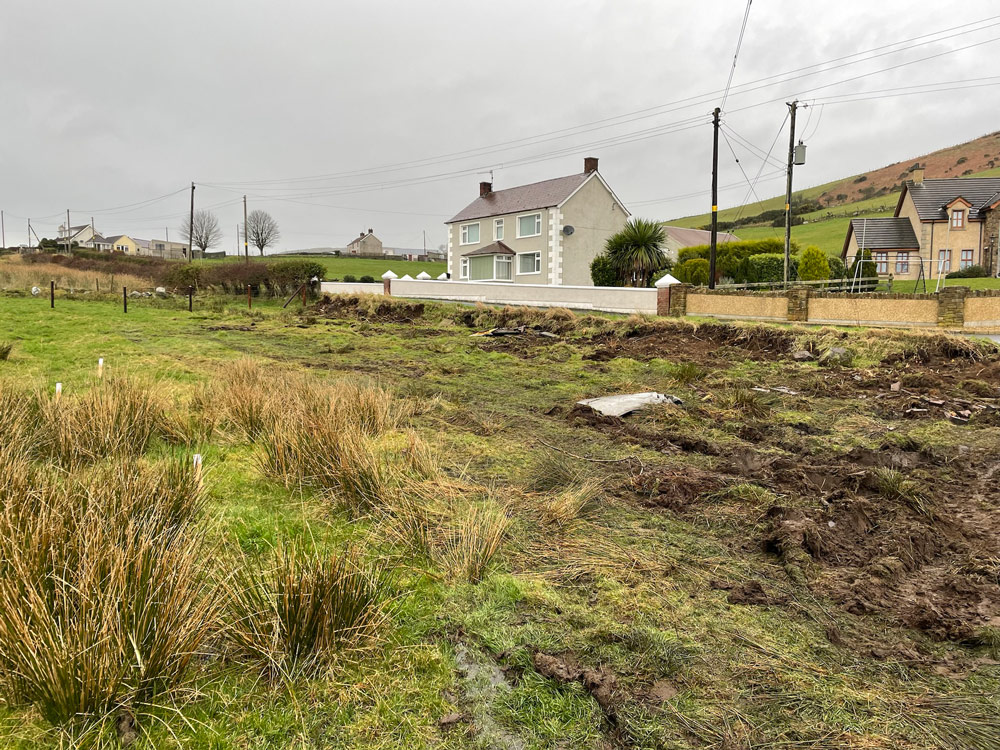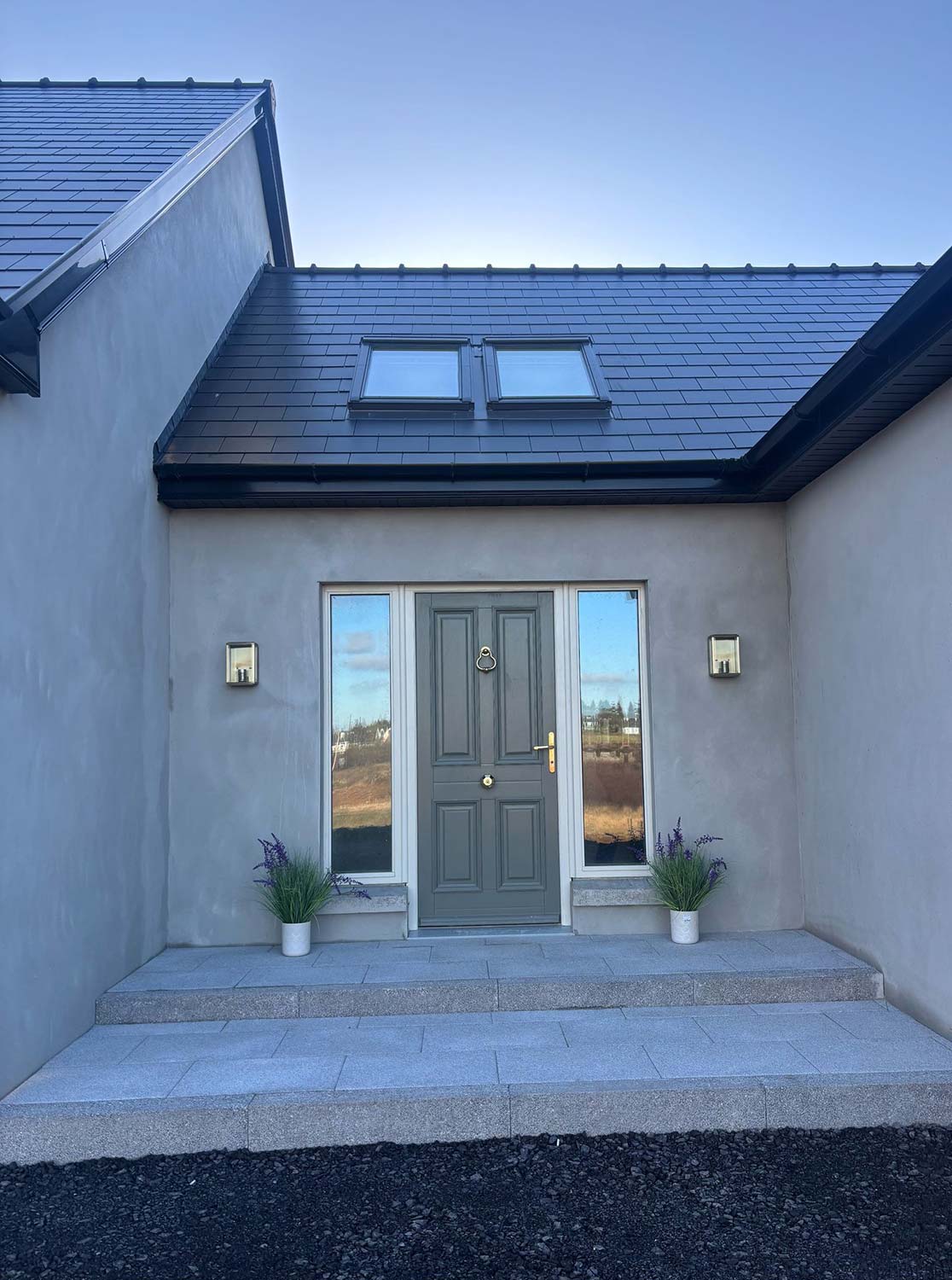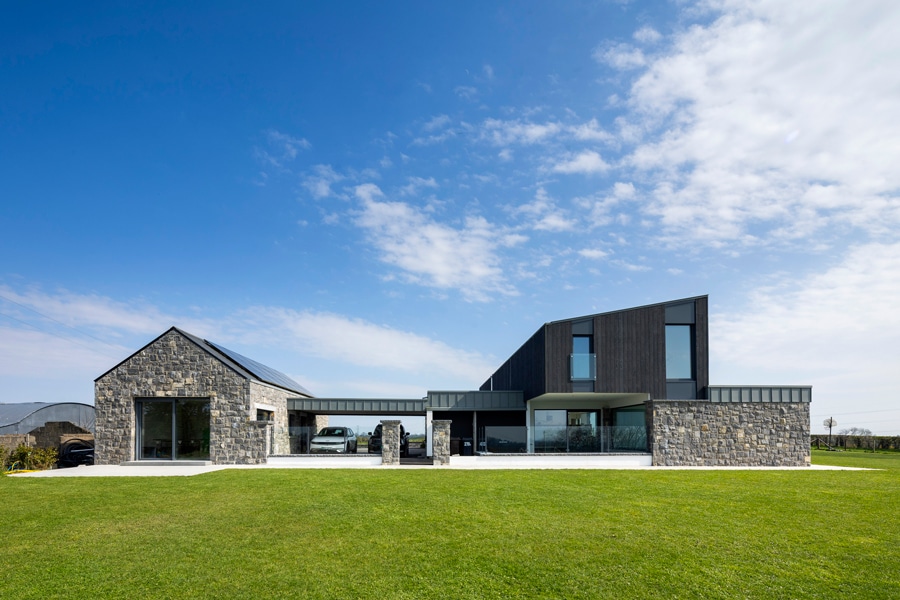In this article we cover:
- Issues with getting a better building energy rating despite work having been done on the house
- Type of house and why the BER was downgraded instead of upgraded
- SEAI response to get the BER amended
We moved into our new home (build in 1937) last September and it came with a C1 Building Energy Rating (BER). At the end of last year I had PV panels installed on the roof hoping to get it to B3 and a ‘green mortgage’.
When the new BER assessment was carried a few weeks ago the house was downgraded to C2 for two reasons. Firstly I’d no evidence of internal wall insulation on the external walls and secondly I had no information on the windows that were installed.
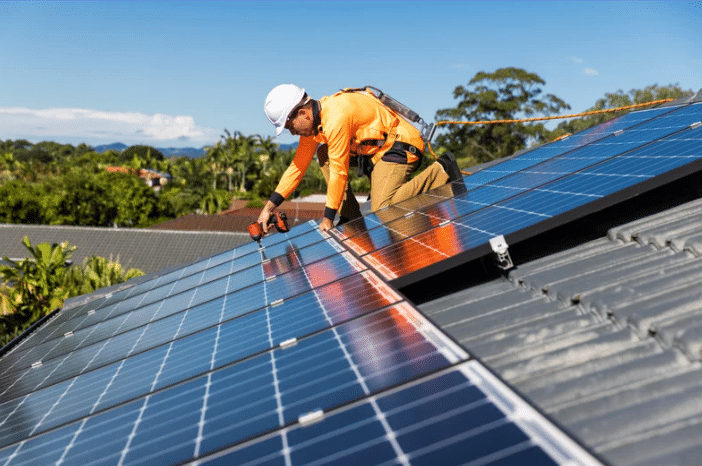
The previous owners had done extensive work back in 2016 and the C1 BER was issued on the back of this. I thought (incorrectly) that any work that I would do such as installing the PV panels would be an upgrade to the C1 cert.
The BER assessor said the SEAI needed evidence of the wall insulation, I would have thought the previous cert would have been evidence enough as it’s not the sort of material you’d briefly install for the purposes of an assessment and then remove. I contacted the SEAI asking did they have any evidence on file (as I have none being the new homeowner) and they stated that the assessment done in 2019 was done offline so there’s nothing on file.
The assessor who produced the 2019 cert no longer carried out assessments. I eventually removed a socket and back box revealing the insulation took a photo of it (it could have been any house_ and sent it to our current assessor and he was happy with that so I managed to get the first issue solved (back to C1).
The second issue with the windows I thought would be straight forward enough, I contacted the company and they forwarded me a couple of specification certs for the windows installed. I passed them to our assessor who was happy with them but said the SEAI will require it in writing that these windows were installed at our property on a said date. So I went back to the company who said they can only give that information to the purchased of the windows and not me (the homeowner) because of GDPR.
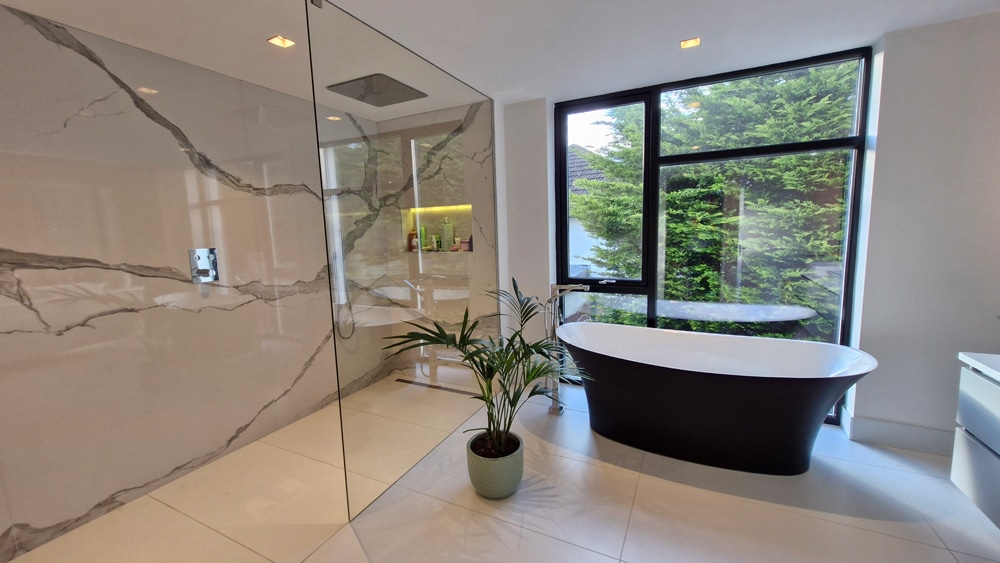
We moved from an A3 rated home into C1 and I’m all for sustainability, reduced costs wherever I can even if there’s an initial outlay so installing the PV panels in conjunction with the grant seemed like a no brainer. The SEAI seem to have made the whole process of getting a new BER nigh on impossible with their demands for written and physical evidence all which should have been recorded (and saved!) by themselves back in 2019 which they haven’t done, so effectively I’m starting from squared one.
I may have been unlucky but I don’t feel the SEAI have been helpful at all with the process.
Answer: In relation to this particular case, it appears that window company can confirm that they installed windows in the property and they make and model of those windows. It may be worth requesting from the supplier, confirmation of the make and model of the windows installed at the address of the property without breaching any GDPR guidelines.
The date of installation of the windows is useful but not mandatory. There is no requirement for them to include any details related to the person who placed the order, the price paid for the windows, etc.
In general, a BER assessor is responsible for verifying the date inputs in any BER assessment they publish. If the assessor does not have enough evidence to support a non-default input, they apply default values. There are default values that can be used to reflect what the BER assessor observes in the dwelling during the survey.

For windows for example, there are difficult default values for single, double and triple glazed units and for different frame types and glazing specifications. The more information available onsite, the closer the default will be to the certified value, contain quiet a lot of information in the spacer bar between glazing panes. Where there are no certificates available for the assessor to use, the assessor can use the observed information to apply the most appropriate default value.
he correspondence indicates that the previous assessment was done offline. This would suggest that it was carried out using the DEAP 3 software which is the predecessor to the current DEAP 4 platform for producing BER. In 2019, the DEAP software was updated to include functionality to upload information such as window certs to support the BER assessment.
In 2019, the calculation methodology was also updated and since then, the primary energy factors for electricity have also changed. These calculation changes also impact the results.
The challenge of retaining documentation relating to the building’s energy performance for the lifetime of that building is one that is being addressed in the latest recast of the European Energy Performance of Buildings Directive. This directive requires each member state to develop a ‘Digital Logbook’ to store relevant energy performance information and provide better accessibility to this data once collected.
















